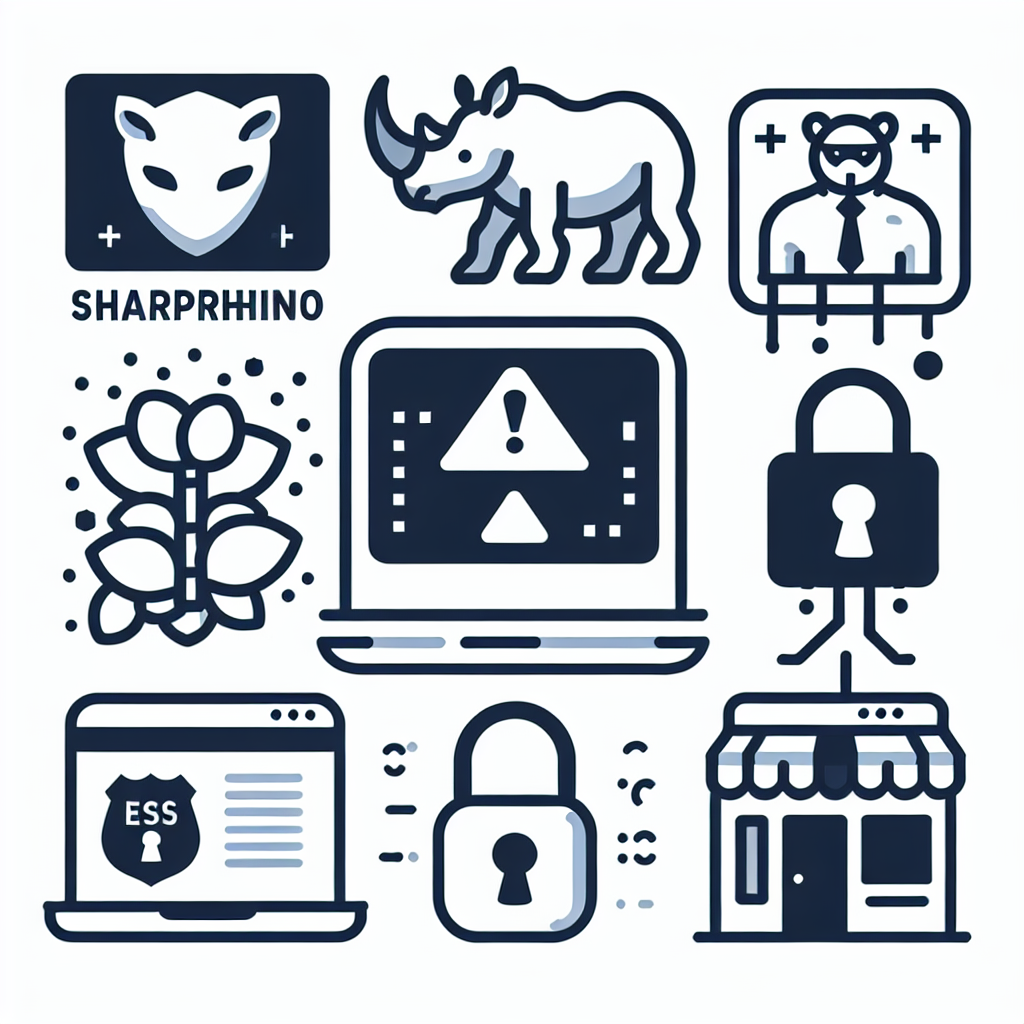
Palisade researchers are tracking SharpRhino, a Remote Access Trojan (RAT) that targets IT teams and can be a gateway to ransomware outbreaks. The malware is distributed through fake download pages that imitate legitimate utilities, which increases the chance that busy IT staff will install it by mistake.

SharpRhino is a Remote Access Trojan that spreads by persuading users to install counterfeit versions of common IT utilities. Most commonly it appears as a familiar installer on spoofed download sites so technicians may install it unknowingly. Once executed, it can run code in memory and alter the system registry so it survives reboots. The RAT connects to a remote command-and-control server, enabling attackers to move laterally. From there, operators can exfiltrate data or push additional payloads, including ransomware.
Managed service providers and small businesses that rely on outsourced IT support face the highest exposure because attackers aim at tools IT staff use daily. If an MSP device is compromised, attackers can access multiple customer environments from a single foothold. Small firms with limited security teams and infrequent patching are also prime targets. The combination of targeted distribution and credential access makes recovery costly and disruptive. Attack success often leads to broad operational downtime.
SharpRhino uses in-memory execution, PowerShell scripts, and registry modifications to reduce visibility to traditional scanners. Running C# or other payloads directly in memory avoids dropping obvious files to disk. Attackers also mimic legitimate installer names and use HTTPS-based communication to blend in with normal traffic. These tactics complicate detection and slow incident response. Effective defense requires behavior-based monitoring rather than signature-only tools.
Yes — after gaining a foothold, the RAT attempts privilege escalation and credential theft to expand control. With elevated rights, attackers can deploy encryptors and move laterally to critical servers. They often target backup infrastructure to hinder recovery options. The final stage typically involves encrypting data and demanding payment to restore access. Rapid containment is essential to prevent full-scale encryption across networks.
Fake sites mimic official software pages and rely on typos or lookalike domains to trick users into downloading malicious installers. IT professionals searching for tools can be distracted by urgent tasks and overlook subtle domain differences. These sites host installers made to look legitimate, including branding and file names. Once executed they begin the infection sequence with minimal user interaction. Vigilant URL verification and verified internal repositories prevent this vector from succeeding.
Isolate affected hosts and revoke any exposed credentials immediately to block attacker access. Next, audit network connections for unusual outgoing traffic to find other infected systems. Restore from clean backups after confirming backups are uncompromised and wiping infected machines. Conduct a forensic review to determine the scope and vector of the breach. Finally, inform affected customers and follow any legal or compliance reporting requirements.
Segment networks so administrative systems and client environments are separated to prevent unrestricted access. Use least-privilege accounts and multifactor authentication for all remote management tools. Maintain strict credential hygiene and monitor for anomalous logins across client tenants. Automate patching and restrict installer downloads to approved internal mirrors. These controls reduce the chance that a single compromise cascades across multiple clients.
Reliable, offline backups are the most practical defense against an encryption-based attack, allowing restoration without paying ransoms. Backups should be versioned and stored off-network to prevent attackers from encrypting them. Regularly test recovery procedures to ensure restorations complete within acceptable downtime windows. Also ensure backups are immutable or write-protected to resist tampering. Combining backups with rapid detection and isolation minimizes operational impact.
Behavioral EDR/XDR that inspects process behavior, PowerShell usage, and unusual persistence mechanisms is most effective for memory-only threats. Solutions that detect in-memory assembly loads, anomalous network connections, and suspicious scripting activity provide early warning. Centralized logging and correlation across endpoints help identify lateral movement. Automated containment features speed response and limit damage. Relying on signature-only scanners leaves gaps for these techniques.
Yes — train staff to validate download sources, double-check URLs, and avoid running unfamiliar installers without confirmation. Teach technicians to favor vetted internal repositories over public downloads. Provide clear procedures for obtaining approved tools and escalate when in doubt. Regular phishing and typosquatting awareness exercises improve detection of social engineering. When users know the exact process for installing software, accidental infections drop significantly.
Engage external responders when the breach impacts critical systems, spans multiple clients, or when internal teams lack forensic capability. Professional responders can preserve evidence, identify persistent access, and advise on legal obligations. They also speed up containment and coordinate communication with stakeholders. If backups are suspected compromised or extortion demands arrive, external expertise helps navigate negotiation and recovery. Early engagement often reduces long-term costs and reputational damage.
Block execution of unsigned installers and limit admin privileges to approved admin workstations. Use DNS filtering, secure download allowlists, and internal software catalogs to prevent accidental installs from spoofed sites. Enable application control to stop unknown binaries from running. Harden PowerShell by setting execution policies and logging module loads. Combined, these preventative steps cut exposure to supply-side tactics used by attackers.
A: Traditional antivirus may miss SharpRhino because of its memory-based tactics; behavioral EDR and network monitoring are more reliable.
A: Isolate systems to stop lateral movement but avoid powering off forensic evidence without guidance from responders.
A: Paying does not guarantee recovery and can fund further attacks; focus on backups and incident response instead.
A: Perform regular audits and enforce strict controls over where installers are sourced; weekly reviews are a good baseline.
A: Explore Palisade’s ransomware protection resources and tools at Palisade to find guides and automated security options.
For a fast checklist your team can use right now, visit Palisade’s ransomware protection tools at ransomware protection tools.